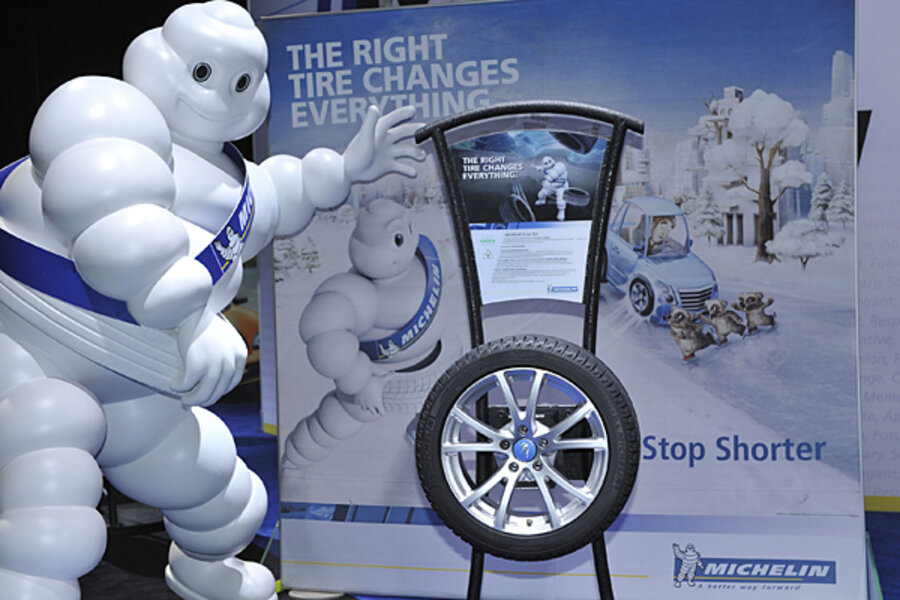Why now is the time to buy winter tires
Loading...
Check that date. Yes, it's the beginning of February and we're telling you that you should buy winter tires now, even though we're already halfway through the snowy season.
If you've been contemplating winter tires for your car, this may very well be the best time to take advantage of clearance sales as tire retailers like Tire Rack are looking to clear out inventory.
Tires take up a lot of space for retailers, Tire Rack Vice President Matt Edmonds told The Car Connection.
"We have several warehouses across the country," Edmonds said. "But they fill up fast and we need to have room for seasonal products."
Retailers aren't just interested in clearing out space. Tire manufacturers redesign their winter tires about every four to five years on average, meaning that last year's design may go on sale in January and February in anticipation of a new model debuting in summer ahead of the next winter driving season.
We talked to several major retailers, including Tire Rack, Discount Tire, and Les Schwab, and found that all have multiple winter tires as much as half off of their original list price.
Why winter tires?
If you're in Miami and you've read this far, we applaud your enthusiasm for something you probably don't need. But for drivers who live where snow is a regular occurrence for at least a few months out of the year, winter tires make a lot of sense. They're generally less expensive to buy in the first place than summer rubber and they allow drivers to have the best possible tire regardless of season.
For most cars, tires can be put into three categories: dedicated summer tires generally seen on more performance-oriented vehicles; all-season tires aimed at a wide variety of driving; and, of course, winter tires.
Winter tires boast a different rubber compound than summer tires that's designed to be far more effective in cold weather and their tread pattern is optimized for both acceleration traction and, perhaps more importantly, braking.
All-season tires, meanwhile, represent a compromise. Good all-season tires will deliver adequate traction on dry, wet, or even lightly snow-covered roads, but they're not optimal for regular winter driving on ice or snow.
A car or a crossover with all-wheel drive may be able to get going in deep snow with all-season rubber, but the biggest difference comes in braking. All-season tires lack the correct groove between the rubber's lugs and they don't usually have good siping (thin slits cut into the tire's tread). It's the combination of these two factors that help winter tires grip slippery surfaces for acceleration and bite into them for enhanced braking.
Edmonds says that, although there's an initial purchase price for winter tires, they pay off in the long run.
"Not only are they safer," he told us, "You're only using them for half of the year. In late spring, you swap your summer or all-season tires back on."
Tire shops typically charge between $15 and $25 per tire to swap, so you're on the hook for about $60-100 twice a year. However, if you buy a set of wheels to keep with your tires, you can either swap them out yourself in about an hour with a floor jack and a wrench or most tire shops will do the job for less than $30.
Edmonds said that Tire Rack generally recommends "T-day to T-day" as the winter tire season, meaning Thanksgiving to Tax Day (April 15), although that varies by climate. Drivers at higher elevations in, say, Colorado or Utah, may have a longer winter tire season.
This story originally appeared on The Car Connection.







